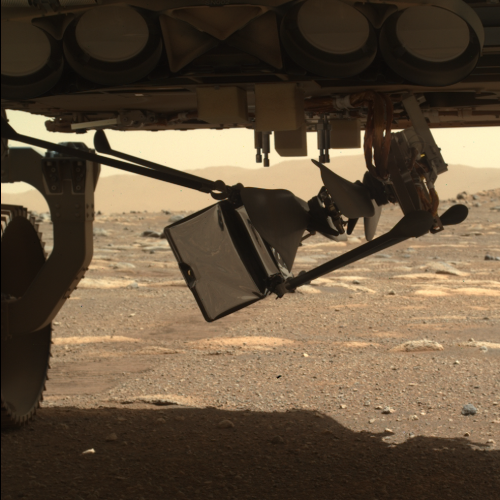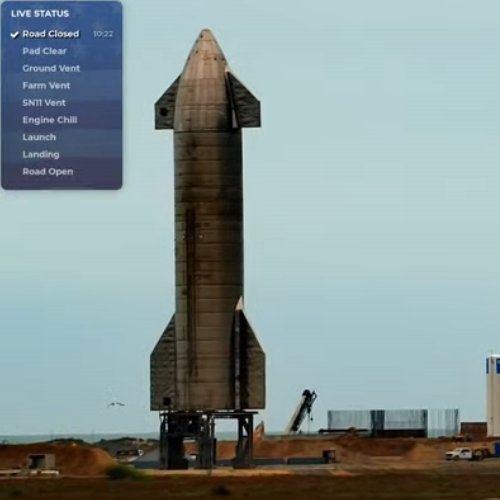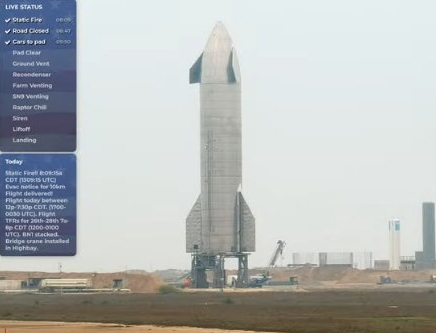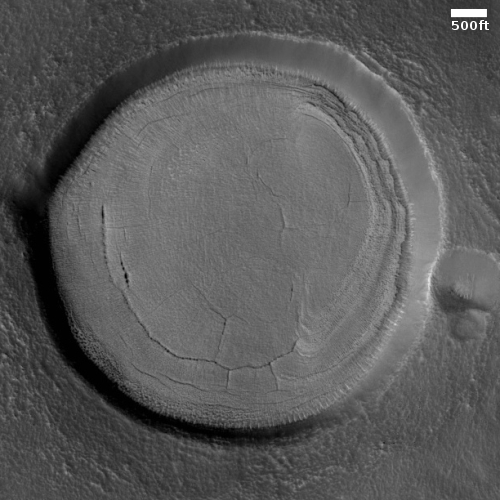Congress taking aim at SpaceX and Starship testing
They’re coming for you next: The Democratic Party leaders on the House committee that normally does not overseer the FAA’s commercial space office have now raised their concerns about the recent test flights of SpaceX’s new rocket, Starship, in particular demanding an investigation into the flight of prototype #8, which the FAA claims had occurred despite one FAA issue.
The latest version of SpaceX’s FAA launch license for the Starship suborbital test flight program, issued March 12, allows those test flights to take place “only when an FAA Safety Inspector is present at SpaceX’s Boca Chica launch and landing site.”
The change stemmed from an investigation into SpaceX’s violation of that launch license during the SN8 test flight in December. SpaceX proceeded with the flight despite the FAA determining that the flight profile exceeded the maximum allowed risk to the uninvolved public for “far field blast overpressure” in the event of an explosion. While the SN8 vehicle exploded upon landing, there were no reports of damage outside of the SpaceX test site.
FAA directed SpaceX to investigate the incident, delaying the flight of the next Starship prototype, SN9. That investigation included “a comprehensive review of the company’s safety culture, operational decision-making and process discipline,” the FAA said in a Feb. 2 statement.
The FAA cleared SpaceX to proceed with launches, with SN9 and SN10 launching and landing — and both exploding upon or shortly after landing — on Feb. 2 and March 3, respectively. Neither caused any damage outside of the SpaceX test site.
The FAA’s response to SpaceX’s launch license violation, including the lack of any penalties beyond the investigation, prompted criticism from two key members of Congress. In a March 25 letter to FAA Administrator Steve Dickson, Reps. Peter DeFazio (D-Ore.) and Rick Larsen (D-Wash.) sought to “register our concerns” with the incident. DeFazio is chair of the House Transportation Committee and Larsen the chair of its aviation subcommittee.
Much of these claims about the flight of prototype #8 however only appeared to become a significant concern after the Biden administration and the Democrats took power in January. Prior to that the FAA did not seem very troubled by that flight. In fact, the so called risk, “far field blast overpressure,” seems very contrived, especially since we have now had four Starship crashes on its landing pad, with no evident damage to even SpaceX’s own equipment nearby. Prior to January 20th the FAA was untroubled. After January 20th it suddenly became a deadly issue requiring stricter supervision by the government, though what that FAA inspector on sight can do or even know about the launch is baffling.
What these Democrats really don’t like is that someone is freely accomplishing something without their supervision or control. Like mobsters looking to exhort money, they are essentially telling SpaceX, “Nice business you got here. Sure would be a shame if something happened to it.”
With today’s fourth Starship crash, expect the Demorats in Congress now to swarm like flies over manure, all aimed at shutting down the most innovative new American space company in decades.
They’re coming for you next: The Democratic Party leaders on the House committee that normally does not overseer the FAA’s commercial space office have now raised their concerns about the recent test flights of SpaceX’s new rocket, Starship, in particular demanding an investigation into the flight of prototype #8, which the FAA claims had occurred despite one FAA issue.
The latest version of SpaceX’s FAA launch license for the Starship suborbital test flight program, issued March 12, allows those test flights to take place “only when an FAA Safety Inspector is present at SpaceX’s Boca Chica launch and landing site.”
The change stemmed from an investigation into SpaceX’s violation of that launch license during the SN8 test flight in December. SpaceX proceeded with the flight despite the FAA determining that the flight profile exceeded the maximum allowed risk to the uninvolved public for “far field blast overpressure” in the event of an explosion. While the SN8 vehicle exploded upon landing, there were no reports of damage outside of the SpaceX test site.
FAA directed SpaceX to investigate the incident, delaying the flight of the next Starship prototype, SN9. That investigation included “a comprehensive review of the company’s safety culture, operational decision-making and process discipline,” the FAA said in a Feb. 2 statement.
The FAA cleared SpaceX to proceed with launches, with SN9 and SN10 launching and landing — and both exploding upon or shortly after landing — on Feb. 2 and March 3, respectively. Neither caused any damage outside of the SpaceX test site.
The FAA’s response to SpaceX’s launch license violation, including the lack of any penalties beyond the investigation, prompted criticism from two key members of Congress. In a March 25 letter to FAA Administrator Steve Dickson, Reps. Peter DeFazio (D-Ore.) and Rick Larsen (D-Wash.) sought to “register our concerns” with the incident. DeFazio is chair of the House Transportation Committee and Larsen the chair of its aviation subcommittee.
Much of these claims about the flight of prototype #8 however only appeared to become a significant concern after the Biden administration and the Democrats took power in January. Prior to that the FAA did not seem very troubled by that flight. In fact, the so called risk, “far field blast overpressure,” seems very contrived, especially since we have now had four Starship crashes on its landing pad, with no evident damage to even SpaceX’s own equipment nearby. Prior to January 20th the FAA was untroubled. After January 20th it suddenly became a deadly issue requiring stricter supervision by the government, though what that FAA inspector on sight can do or even know about the launch is baffling.
What these Democrats really don’t like is that someone is freely accomplishing something without their supervision or control. Like mobsters looking to exhort money, they are essentially telling SpaceX, “Nice business you got here. Sure would be a shame if something happened to it.”
With today’s fourth Starship crash, expect the Demorats in Congress now to swarm like flies over manure, all aimed at shutting down the most innovative new American space company in decades.















